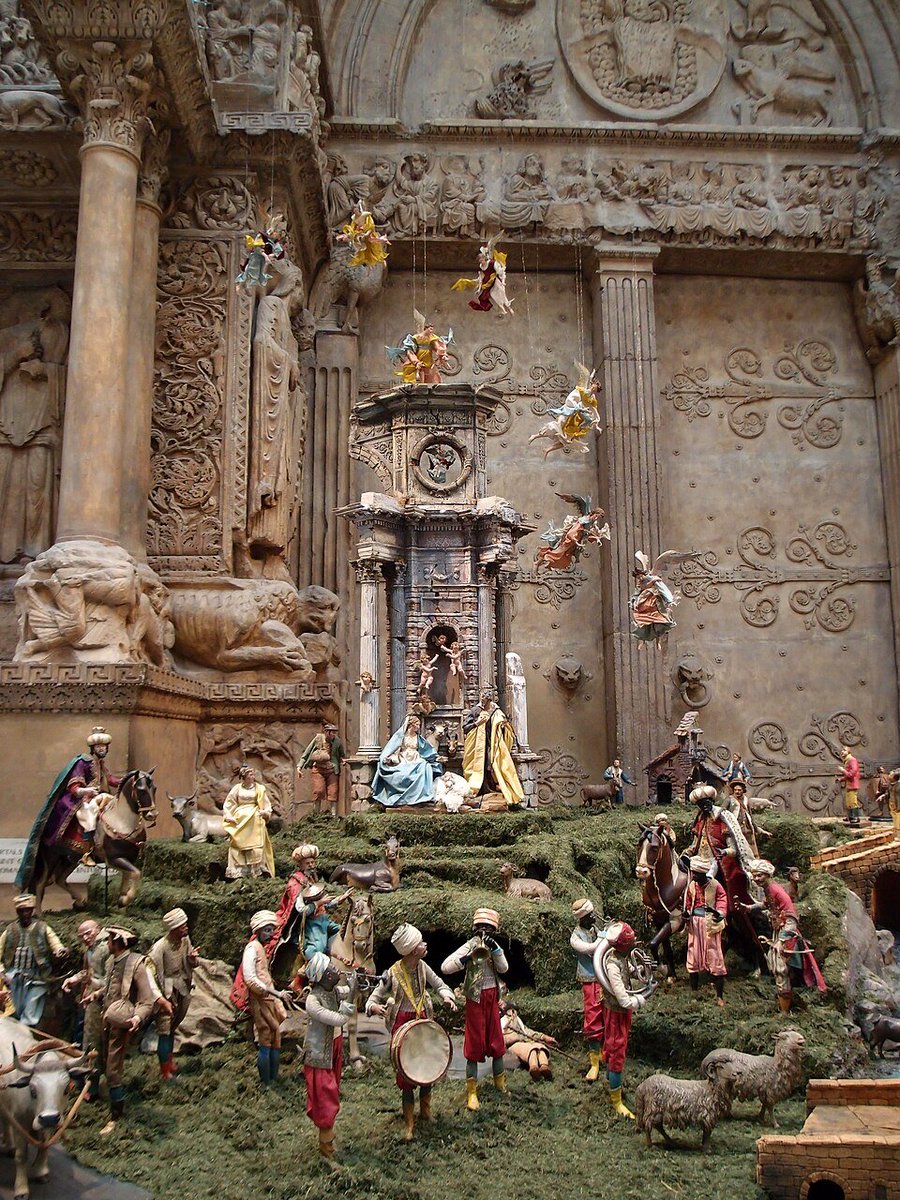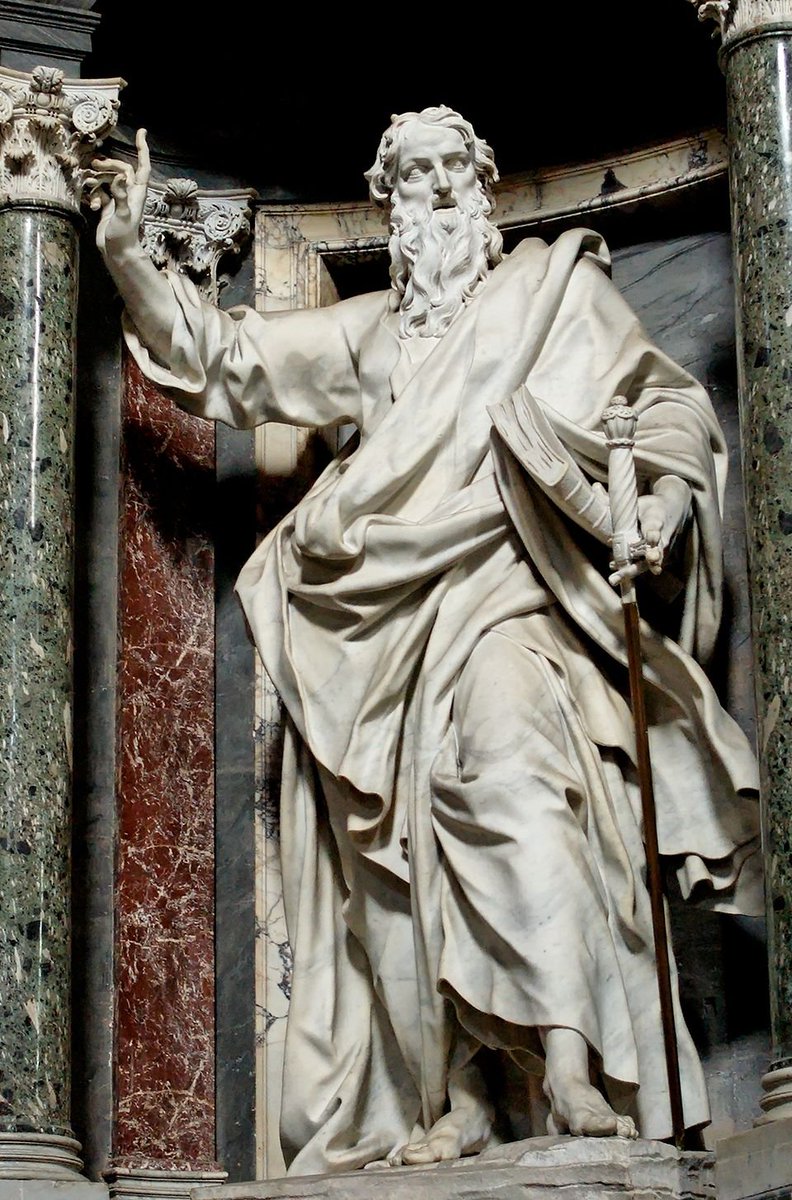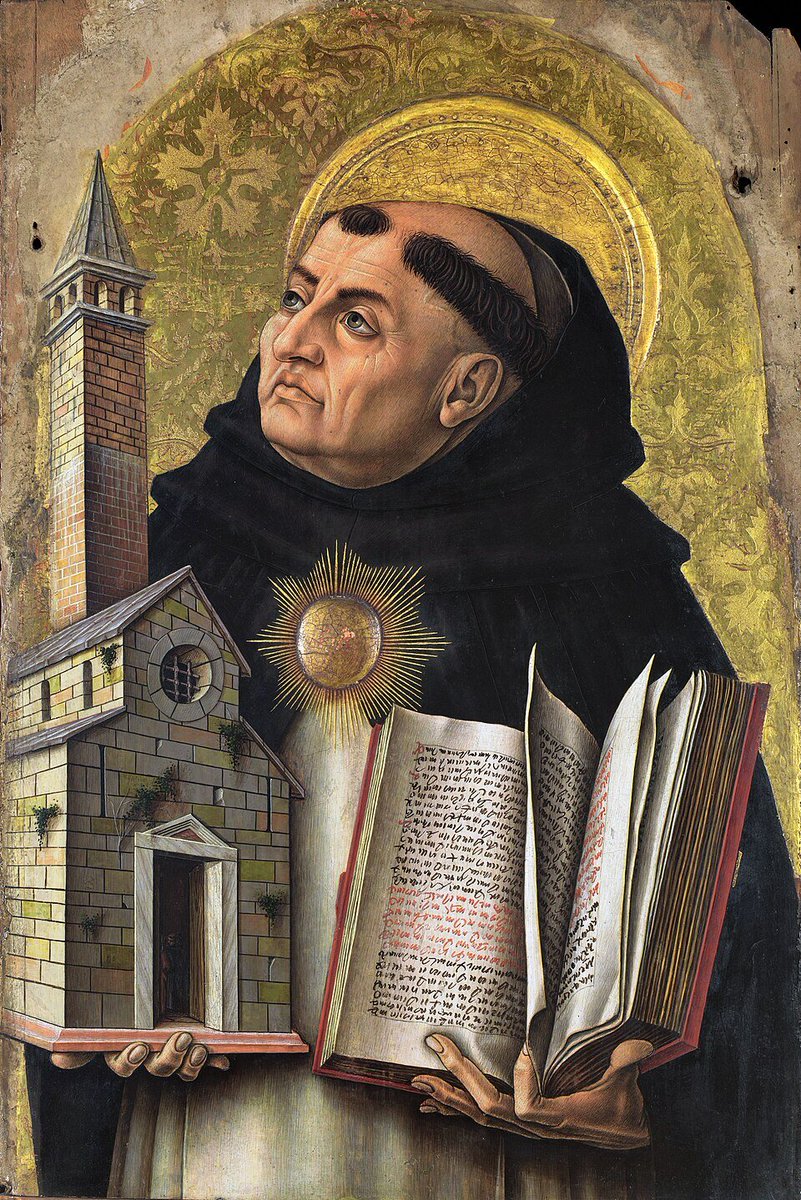The ancient world is a collection of forgotten civilizations, their stories buried in time.
Let's uncover 15 lesser-known cultures, their art, architecture, and daily lives. 🧵
Let's uncover 15 lesser-known cultures, their art, architecture, and daily lives. 🧵

1. The Nabataean Kingdom (Jordan)
Petra is famous, but the Nabataeans were more than just master builders.
Petra is famous, but the Nabataeans were more than just master builders.

They pioneered water management in the desert, creating underground cisterns and channels that still amaze engineers today. 

2. The Kingdom of Elam (Iran)
Long before Persia, Elam thrived with ziggurats like Chogha Zanbil, one of the oldest in the world.
Long before Persia, Elam thrived with ziggurats like Chogha Zanbil, one of the oldest in the world.

Recent discoveries reveal clay tablets detailing trade, marriage, and even recipes. Imagine their bustling bazaars! 

3. The Nok Civilization (Nigeria)
The Nok created mysterious terracotta sculptures, often with elongated features and haunting expressions.
Were they gods? Ancestors? We still don’t know.
Their advanced ironworking set the stage for West African empires.
The Nok created mysterious terracotta sculptures, often with elongated features and haunting expressions.
Were they gods? Ancestors? We still don’t know.
Their advanced ironworking set the stage for West African empires.

4. The Tarim Basin Mummies (China)
The Loulan Mummy, discovered in China's Tarim Basin in 1980, is a naturally preserved body buried around 4,000 years ago without embalming.
The desert's salty soil and dryness preserved her and over 200 other bodies.
The Loulan Mummy, discovered in China's Tarim Basin in 1980, is a naturally preserved body buried around 4,000 years ago without embalming.
The desert's salty soil and dryness preserved her and over 200 other bodies.

Who were these tall, red-haired people in China 4,000 years ago?
Their textiles reveal a blend of East and West, showing early Silk Road connections.
A globalized world, long before we imagined it!
Their textiles reveal a blend of East and West, showing early Silk Road connections.
A globalized world, long before we imagined it!

5. The Indus Valley Civilization (India/Pakistan)
Harappa and Mohenjo-Daro were marvels of urban planning built over 4000 years ago.
Harappa and Mohenjo-Daro were marvels of urban planning built over 4000 years ago.

Sewer systems, uniform brick sizes, and public baths show a society deeply organized.
But why no palaces or temples? A true mystery.



But why no palaces or temples? A true mystery.




6. The Moche Civilization (Peru)
The Moche left us stunning gold jewelry and erotic pottery that explored every facet of human life.
Recent excavations at Huaca de la Luna reveal murals of gods and ritual sacrifices—glimpses of their spiritual world.
The Moche left us stunning gold jewelry and erotic pottery that explored every facet of human life.
Recent excavations at Huaca de la Luna reveal murals of gods and ritual sacrifices—glimpses of their spiritual world.

7. The Kingdom of Aksum (Ethiopia)
The Aksumites built towering stelae and minted their own coins, showing an advanced economy.
Archaeologists recently uncovered a temple to the Moon God, hinting at their pre-Christian religious practices.
The Aksumites built towering stelae and minted their own coins, showing an advanced economy.
Archaeologists recently uncovered a temple to the Moon God, hinting at their pre-Christian religious practices.

8. The Lycians (Turkey)
Lycia’s rock-cut tombs seem to defy gravity, carved high into cliffs.
They believed the dead needed to be closer to the heavens. Imagine the effort it took to honor their ancestors like this.
Lycia’s rock-cut tombs seem to defy gravity, carved high into cliffs.
They believed the dead needed to be closer to the heavens. Imagine the effort it took to honor their ancestors like this.

9. The Hittite Empire (Turkey)
Famous for their chariots, the Hittites were early adopters of iron.
Their capital, Hattusa, had massive sphynx gates and temples.
Famous for their chariots, the Hittites were early adopters of iron.
Their capital, Hattusa, had massive sphynx gates and temples.

10. The Chachapoya (Peru)
Known as the "Cloud People," they built Kuelap, a fortress high in the Andes.
Their mummies, wrapped in intricate cloth, were placed in cliffside tombs, staring out over the valleys they called home.
Known as the "Cloud People," they built Kuelap, a fortress high in the Andes.
Their mummies, wrapped in intricate cloth, were placed in cliffside tombs, staring out over the valleys they called home.

11. The Etruscans (Italy)
Before Rome, there were the Etruscans, whose tomb paintings depict vibrant banquets, music, and games.
Civita di Bagnoregio was founded by the Etruscans more than 2,500 years ago.
Before Rome, there were the Etruscans, whose tomb paintings depict vibrant banquets, music, and games.
Civita di Bagnoregio was founded by the Etruscans more than 2,500 years ago.
Bronze mirrors and pottery hint at a society that celebrated life—and prepared luxuriously for the afterlife. 

12. The Jomon Culture (Japan)
The Jomon people created pottery 14,000 years ago, some of the oldest in the world.
Their intricate designs suggest a deep connection to nature and rituals.
What were they commemorating in these ancient vessels?

The Jomon people created pottery 14,000 years ago, some of the oldest in the world.
Their intricate designs suggest a deep connection to nature and rituals.
What were they commemorating in these ancient vessels?


13. The Olmecs (Mexico)
Famed for their colossal stone heads, the Olmecs were also innovators, possibly the first to create Mesoamerican writing and the sacred ballgame.
What secrets are hidden in their yet-to-be-deciphered symbols?
Famed for their colossal stone heads, the Olmecs were also innovators, possibly the first to create Mesoamerican writing and the sacred ballgame.
What secrets are hidden in their yet-to-be-deciphered symbols?

14. The Scythians (Eurasian Steppe)
Nomadic warriors with a flair for gold, Scythian tombs have revealed intricate jewelry, preserved by permafrost.
Their tattoos, found on mummies, tell stories of mythical beasts and their journeys.
Nomadic warriors with a flair for gold, Scythian tombs have revealed intricate jewelry, preserved by permafrost.
Their tattoos, found on mummies, tell stories of mythical beasts and their journeys.

15. The Mycenaeans (Greece)
Think Trojan War. The Mycenaeans built massive citadels like Mycenae and Pylos.
Linear B tablets reveal early Greek writing, documenting everything from taxes to sacrificial offerings.
A glimpse into Homer’s world!
Think Trojan War. The Mycenaeans built massive citadels like Mycenae and Pylos.
Linear B tablets reveal early Greek writing, documenting everything from taxes to sacrificial offerings.
A glimpse into Homer’s world!

• • •
Missing some Tweet in this thread? You can try to
force a refresh

























